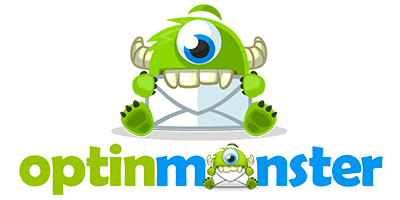Data » (Re)Growing your subscriber lists
Decided to navigate the GDPR deadline by going for a full opt-in database? Here’s a three-step start to rebuild your list sizes…
In a wave of post-GDPR recovery, email marketers who decided to go for a full opt-in database are now tentatively opening up their re-subscribe email lists and checking how many plasters they’ll need to treat their wounds.
Regardless of how little or large the damage was to your lists, now is a great time to really think about how to re-engage the people owning those comfy inboxes you once frequented, as well as seeking out new, fresh places to stick your message.
But what if you’re now sending a fraction of the number of emails you used to? The bottom line is this – tough. You can’t just go back to emailing the people who did not re-opt-in, as their lack of conscious opt-in means you aren’t able to reach out to them that way. What you could do, however, is tempt them and others like them to find their way onto your website by giving them something they’ll find interesting, and encouraging them to opt-in to a newsletter to get more great content.
Here are three things to do right away.
1. Make sure you have content for them to enjoy.
2. Make sure it’s easy for them to re-subscribe (or subscribe for the first time if they’re a new visitor) using clear calls to action and tempting copy. You could also use a tool like Optinmonster – prompting someone to take a moment to pause (and in that moment consider something like subscribing to your newsletter) at the point they look like they’re going to go somewhere else. These tools use ‘exit intent’ – recognising activities like the mouse cursor moving to a new tab, or to the dreaded ‘x’ on your website’s tab, to popup a message of your choosing, plus a call to action.
Here’s a free tip – we’ve been using Optinmonster for a client’s content hub and found that, despite our expectations, asking for both a name and email address has resulted in a greater subscriber rate than just asking for just an email address (3.7% signed up with both fields required, whereas 2.6% signed up when we only asked for email address). Maybe more is more, nowadays.

3. Next, you need to find a way to reach the people who you once had on your lists. Now you can’t email them, but maybe you can find them in other ways. Consider Facebook adverts, using what you know about your subscriber lists to find similar people. You could even upload any email data you still have and get Facebook to generate a lookalike audience, which you can then target your tempting content at.
One extra thing we saw some other companies doing was to assign a value on a typical subscriber. If they believed that, on average, they’d be able to convert each subscriber into £14 of online sales should they stay subscribed, then they would maybe offer a reward worth £10. They would have to be aware that a new subscriber may claim this reward and still then unsubscribe, so they’d need factor that into any calculations. We’ve seen companies as diverse as insurance companies and F1 teams attempt to ‘buy’ subscribers’ loyalty and get them to opt in to their emails (although that was before GDPR and so was done via email… which doesn’t exactly seem to be within the spirit of the opt-in laws).
If nothing else, that goes to show just how valuable your subscribers are and, if you’re personally subscribed to any lists, just how valuable you are, too.
How will all this affect your email marketing results? Overall it’ll be positive, the only people on your lists after the GDPR purge are dedicated people who have shown they want to receive emails. You’ve lost a fair chunk, perhaps, but if they were not very engaged then hey, it’s no big loss.
Get ready for your highest ever open rates this month!



© 2022 Maze Media Ltd • All Rights Reserved